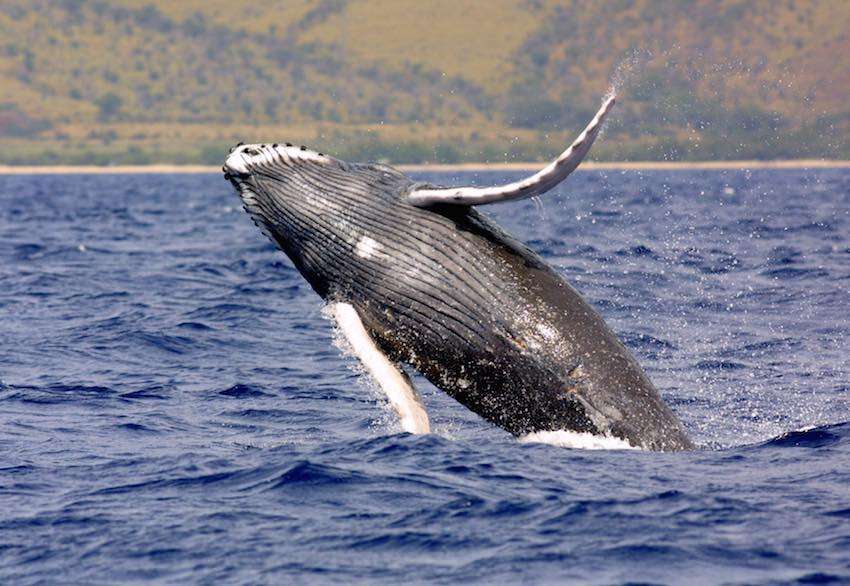Booming Wind and Solar Power Has Slashed Europe's CO2 Emissions
Increased Solar and wind energy use in Europe is causing greenhouse gas emissions to plummet by more than a billion tons of CO2 emissions per year.

The majestic humpback whales have something else to sing about.
Thanks to the banning of commercial whaling nearly 50 years ago and vigorous conservation efforts, most of the world's humpback populations have returned from the brink. On Monday the National Oceanic and Atmospheric Administration Fisheries (NOAA) suggested removing those groups from the Endangered Species List.
NOAA scientists divide the species into 14 distinct and independent populations around the globe. Ten of these, including clans off the coasts of Hawaii, Alaska and Baja, California are recommended for de-listing.
"The return of the iconic humpback whale is an Endangered Species Act success story," said Eileen Sobeck, assistant NOAA administrator for fisheries in a press release.
Hunted for their oil and meat during the 19th and 20th centuries, the number of humpback whales declined drastically. It became one of the first animals listed as endangered by the U.S. federal government in 1973.
Conservation efforts eventually paid off: careful monitoring, educating vessels on safe boating, reducing casualties due to fishing gear–all helped ensure safer waters for the whale. Even if de-listed, the humpback will remain under the protection of the Marine Mammal Protection Act.
Humpbacks now join a stellar list of other species protected, then removed, from the endangered list, including gray whales, bald eagles, brown pelicans, peregrine falcons, and wood storks, among many others.
(WATCH a report hailing the whale news via KGTV) – Photo credit: NOAA
SHARE the Good News for Earth Day!
Be the first to comment